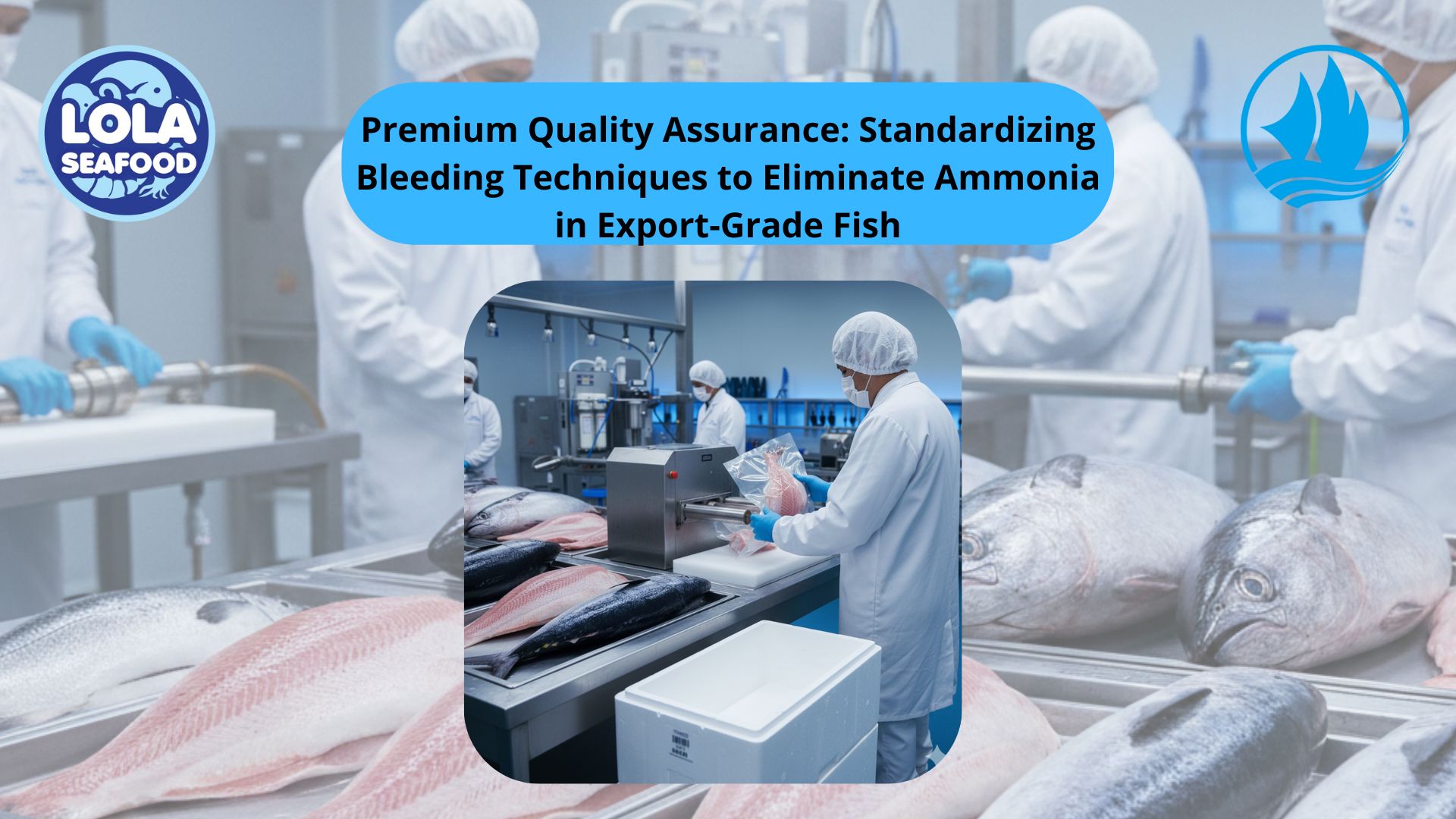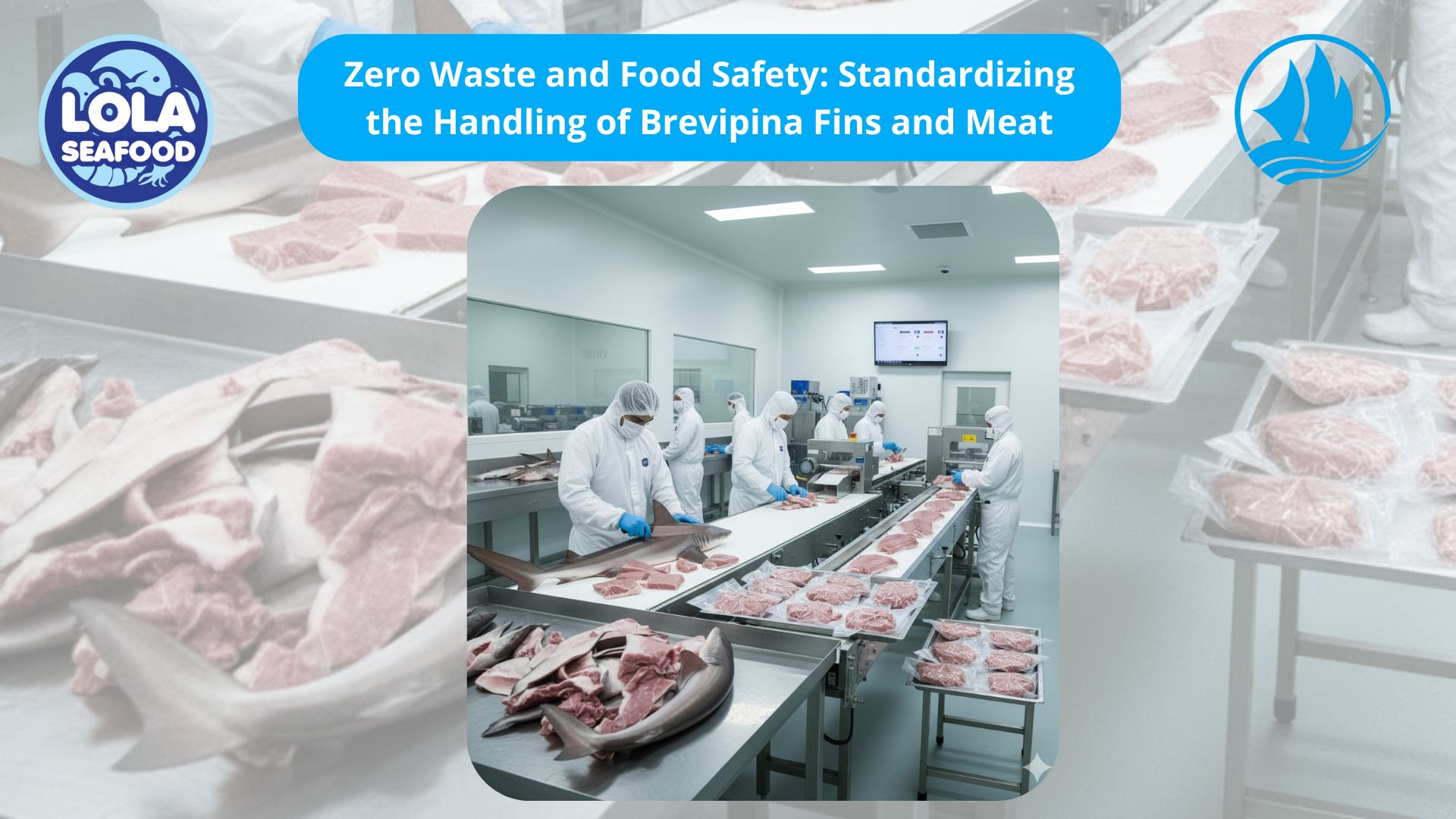Building Transparency, Trust, and Safety With Traceability
By. Kusni - 11 Sep 2025.jpg)
Kelolalaut.com Consumers are more curious and cautious than ever about where their food comes from, how it is produced, and whether it is safe to eat in today's globalized food system. The demand for transparency has given rise to a powerful solution: traceability. Traceability is the ability to follow the journey of a product through every step of the supply chain—from its origin to its arrival in the hands of the consumer. In the seafood industry, where freshness, sustainability, and food safety are major concerns, traceability plays a crucial role in building transparency, trust, and safety.
Modern consumers want more than just good-tasting food. They want assurance that the products they buy are ethically sourced, sustainably harvested, and handled safely. Transparency offers this assurance. When companies share detailed information about their sourcing practices, processing steps, and quality checks, they create a sense of accountability. Traceability systems make transparency possible by collecting and storing data at every stage of the supply chain. For seafood, this might include where and when the fish was caught, what fishing methods were used, how it was transported, and whether it was kept at the correct temperature. By making this data available—often through QR codes or digital platforms—consumers can see the product’s story for themselves.
Trust is one of the most valuable assets a brand can have, and traceability helps build it. When buyers know that a company can verify the origin and quality of its products, they feel more confident in their purchasing decisions. This is especially important in industries where fraud or mislabeling can occur, such as seafood. For instance, studies have shown that some seafood products are mislabeled, with cheaper species being sold as premium ones. Traceability systems combat this by ensuring that each batch of seafood is tracked from the source and matched with accurate data. This gives consumers peace of mind that they are getting what they paid for.
Moreover, transparency through traceability can help businesses recover quickly from crises. If a food safety issue occurs, companies can identify and isolate the affected products faster, protecting consumers and maintaining trust.
Food safety is one of the strongest arguments for traceability. Contaminated food can lead to widespread illness, product recalls, and significant financial losses. A robust traceability system allows producers and regulators to pinpoint the source of contamination quickly, preventing it from spreading further. In the seafood sector, this might mean tracing a batch of shrimp back to a specific farm or fishing vessel and verifying that it met hygiene and temperature requirements. This rapid response capability not only protects public health but also minimizes economic damage for businesses involved.
Traceability is not just about safety it is also about responsibility. By documenting every step of production, companies can demonstrate compliance with sustainability standards and ethical labor practices. This is becoming increasingly important as consumers seek products that align with their values. For example, a traceability system might show that fish were caught using methods that avoid bycatch of endangered species or that workers in the supply chain were paid fair wages. This level of detail helps environmentally and socially conscious consumers make informed choices and encourages the entire industry to improve its practices.
Technology is making traceability more powerful and accessible than ever before. Blockchain, artificial intelligence, and IoT sensors are being used to create tamper-proof records, monitor storage conditions in real time, and share information instantly with stakeholders. These innovations promise a future where transparency is not just a marketing tool but a standard expectation. For businesses, investing in traceability is no longer optional—it is a strategic move that can enhance brand reputation, reduce risk, and meet consumer demands. For consumers, it represents empowerment, offering them the ability to choose products that are safe, authentic, and ethically sourced.
Building transparency, trust, and safety with traceability benefits everyone—from fishermen and farmers to retailers and consumers. It creates a more accountable, resilient, and responsible food system. As technology continues to advance, traceability will only become more precise and more powerful, ensuring that what we eat is not just delicious, but also trustworthy and safe.
If youre interested in our Giant Trevalley Whole Round and Giant Trevalley Fillet Skin On please do not hesitate to contact us through email and/or Whatsapp
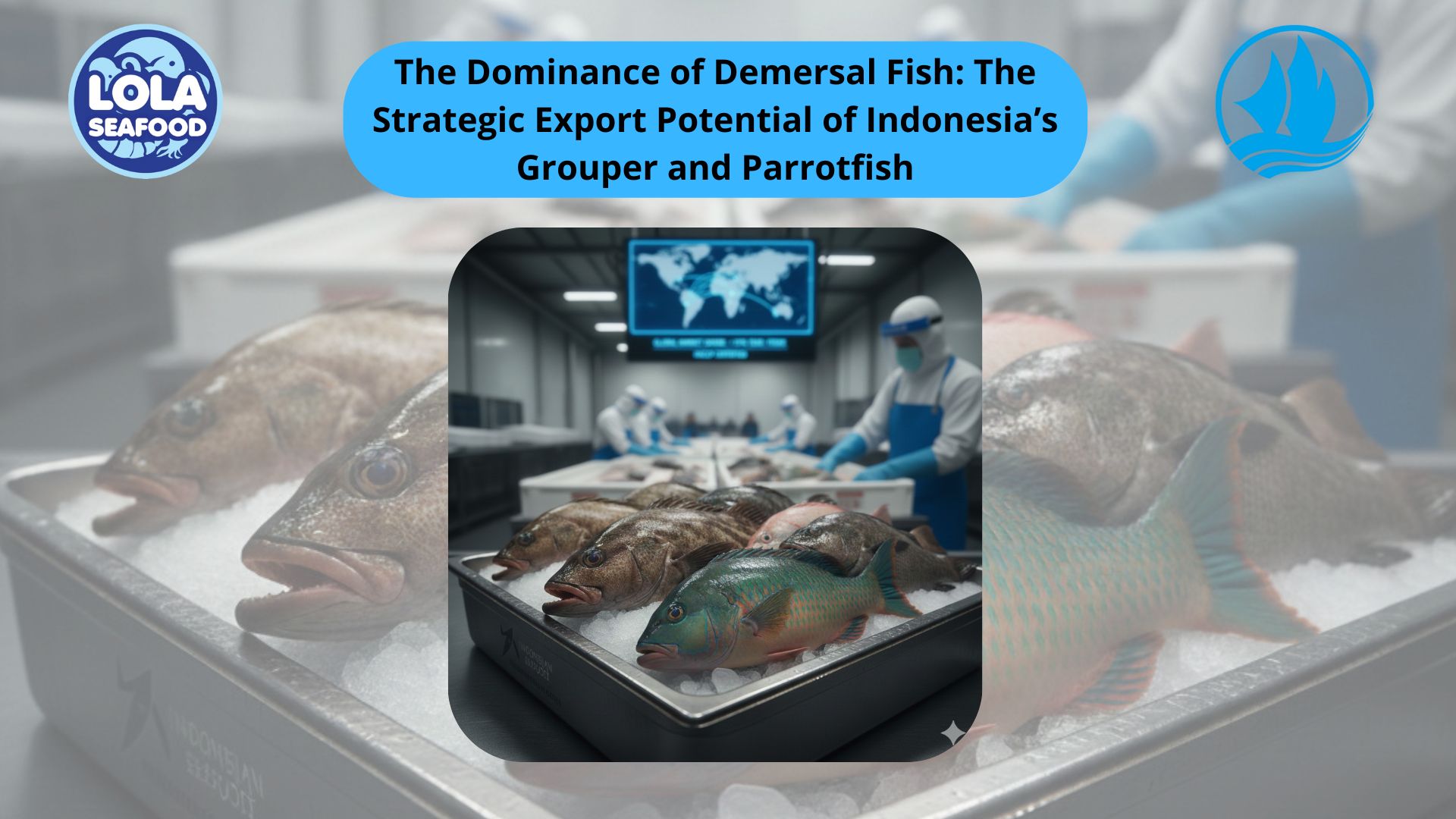
The Dominance of Demersal Fish: The Strategic Export Potential of Indonesia’s Grouper and Parrotfish
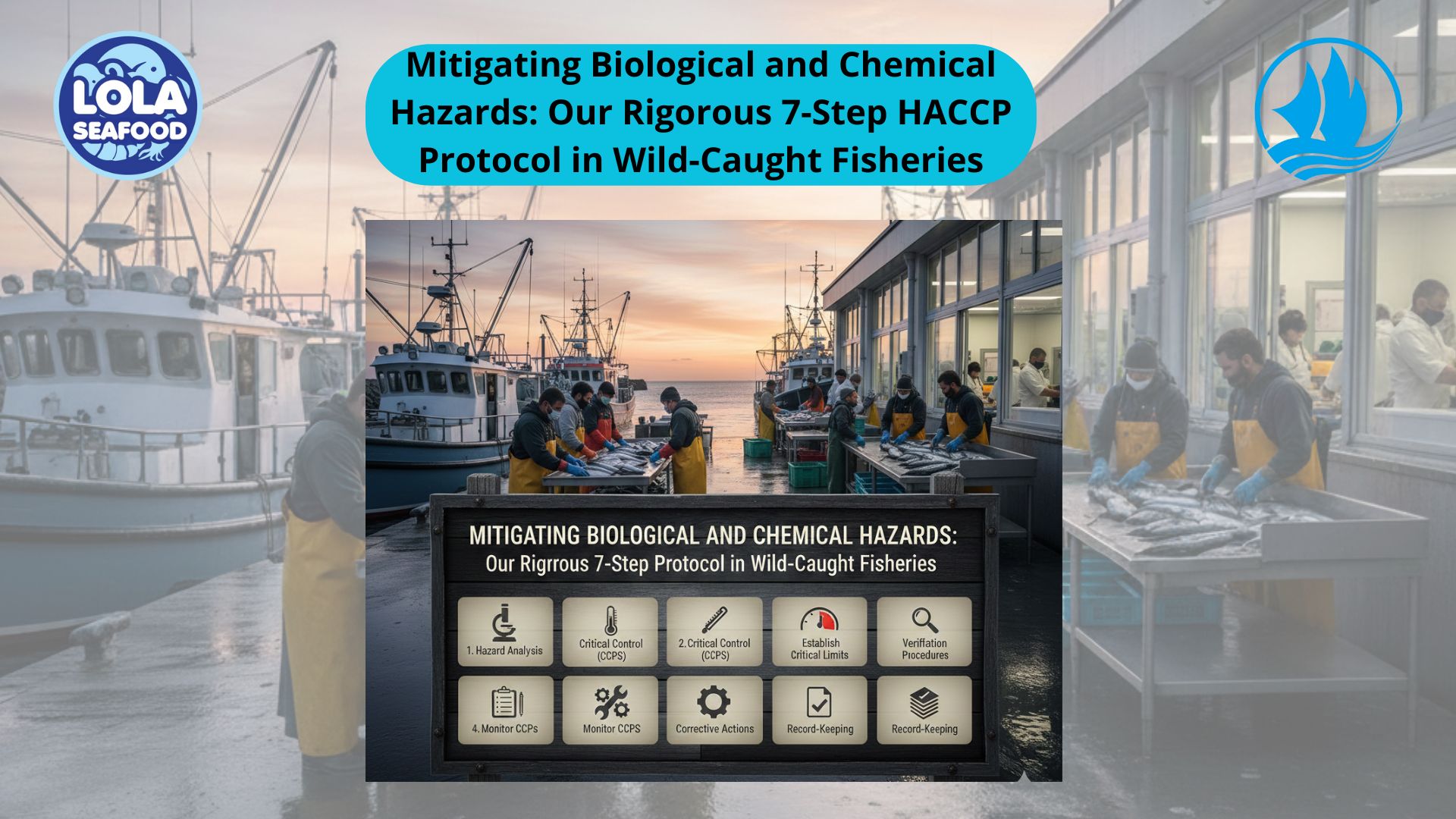
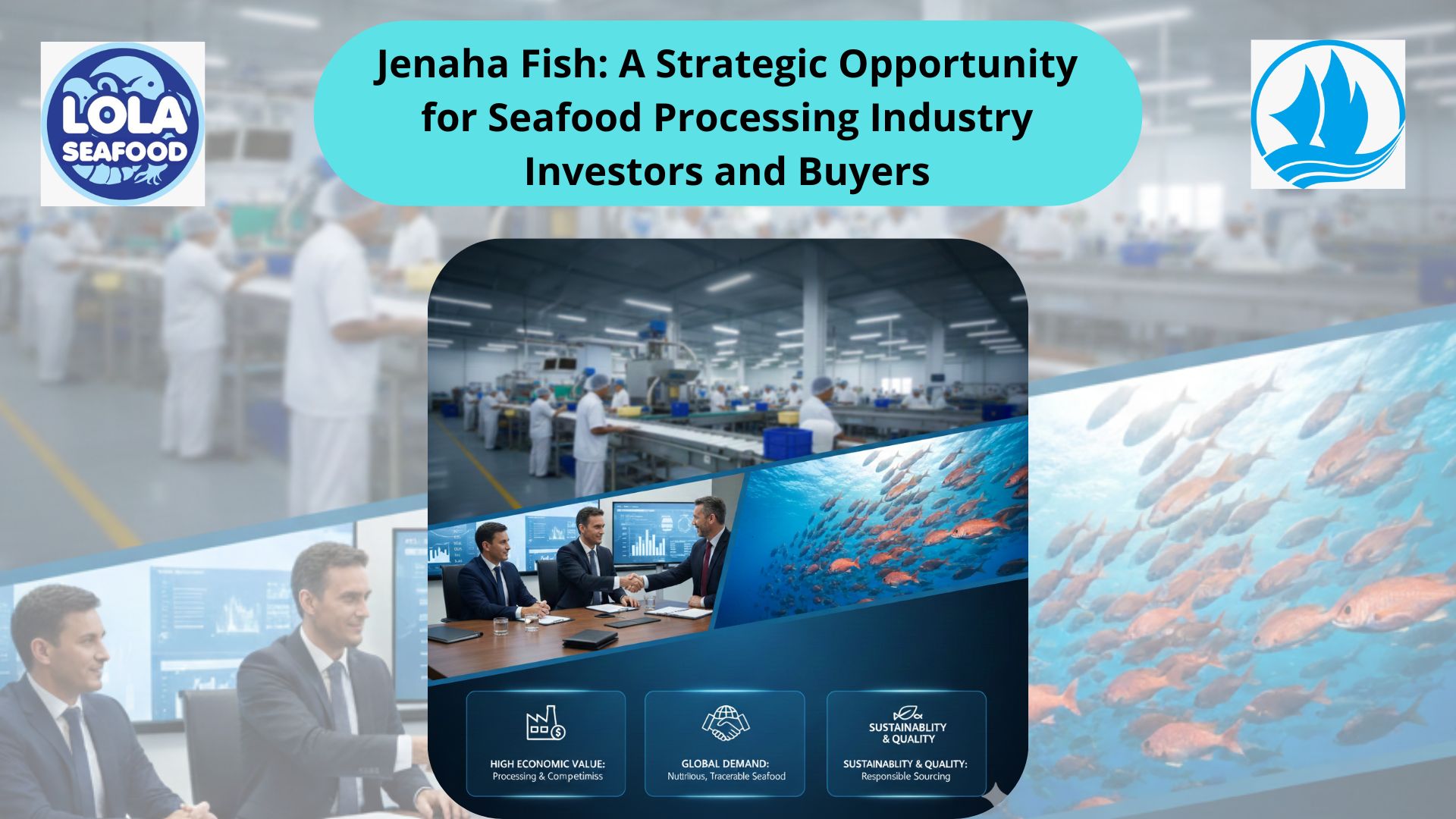
.jpg)
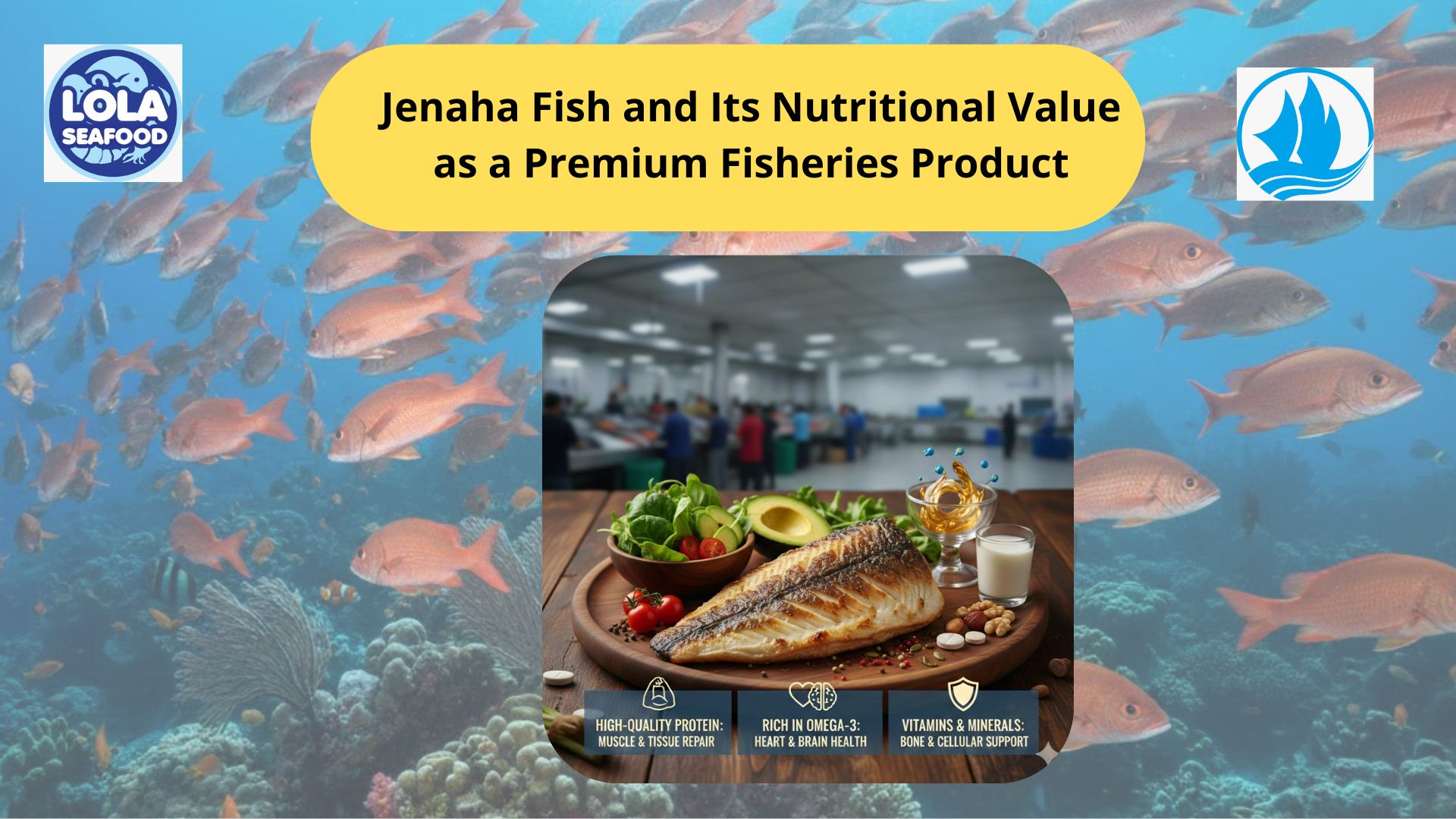
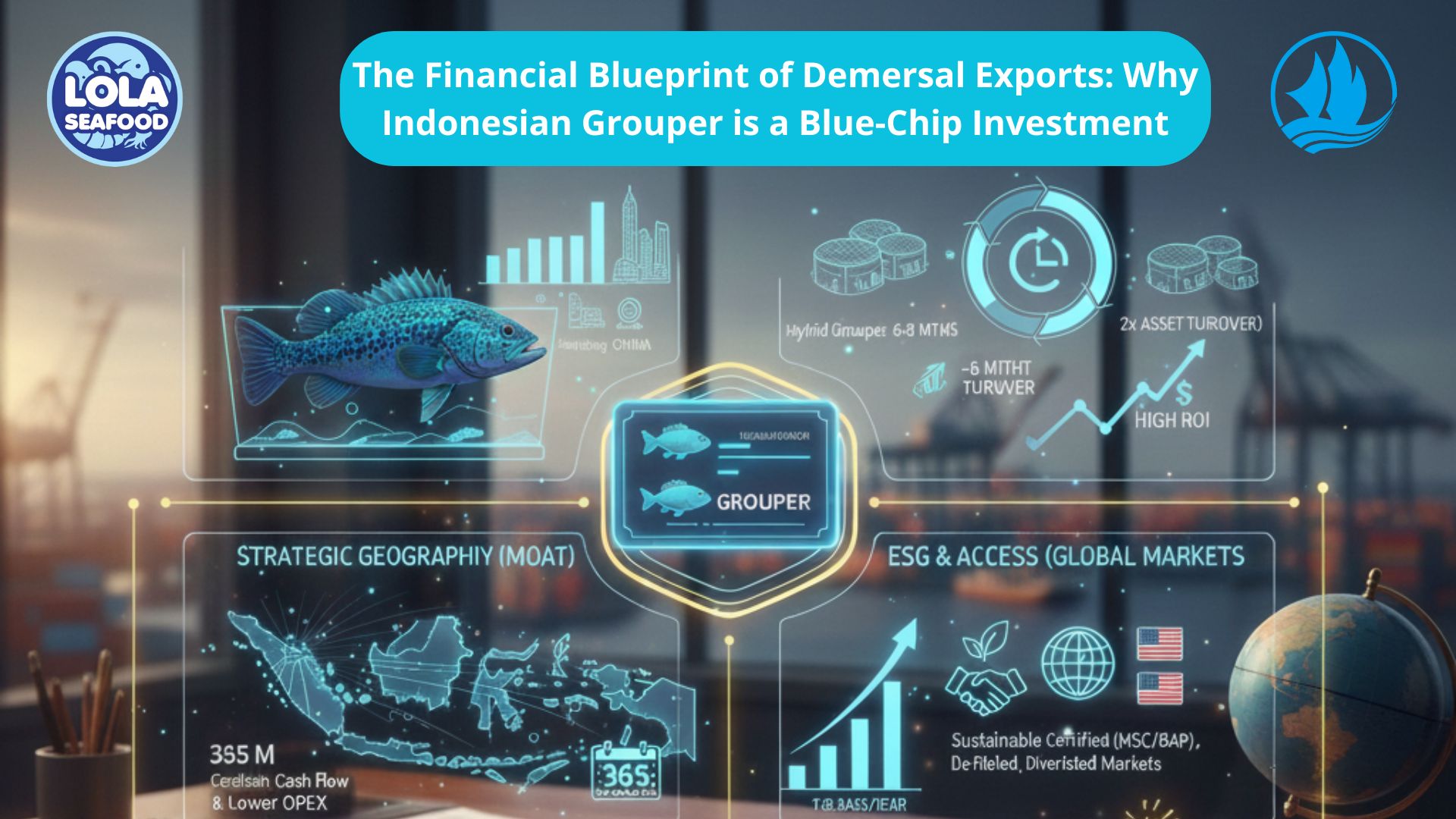
.jpg)
